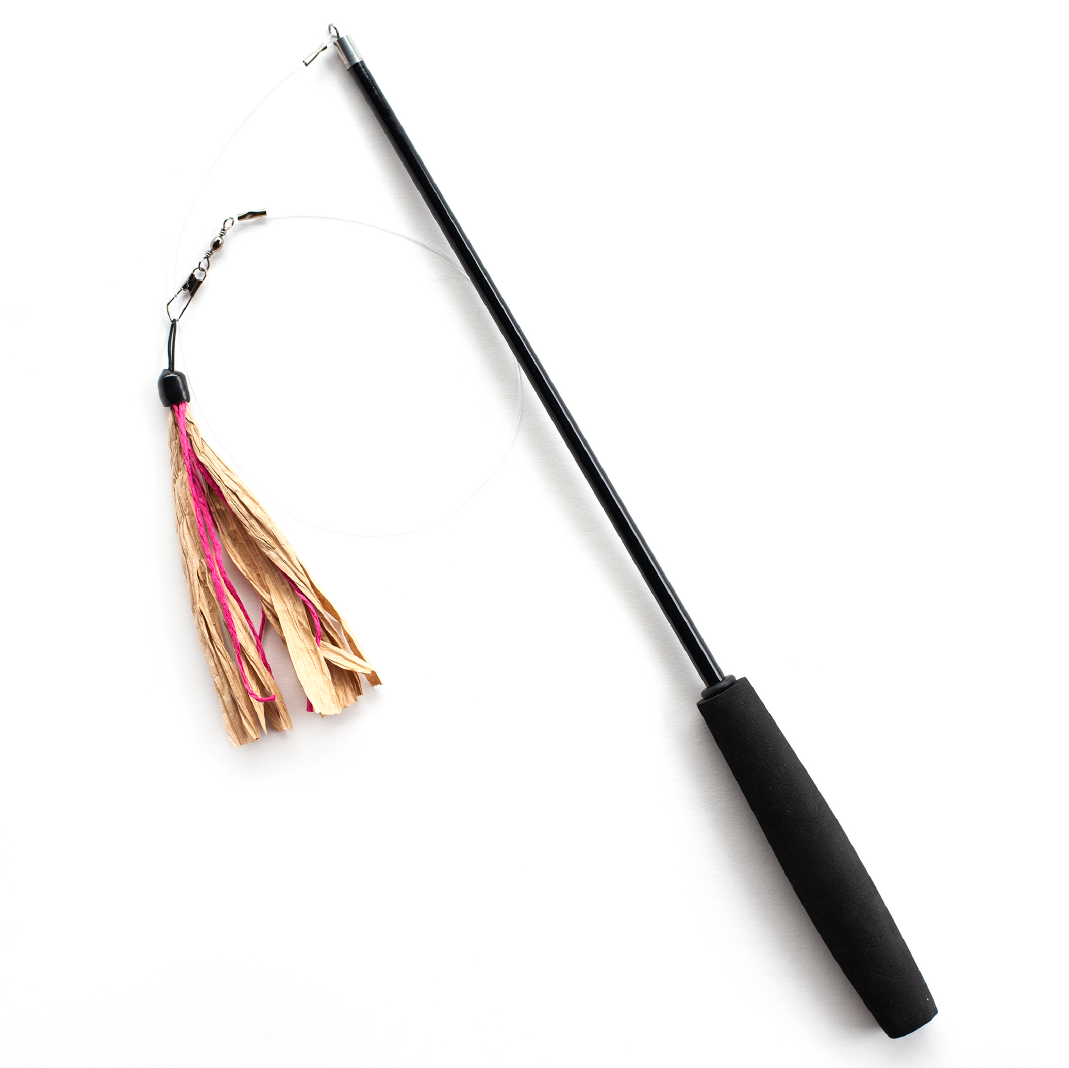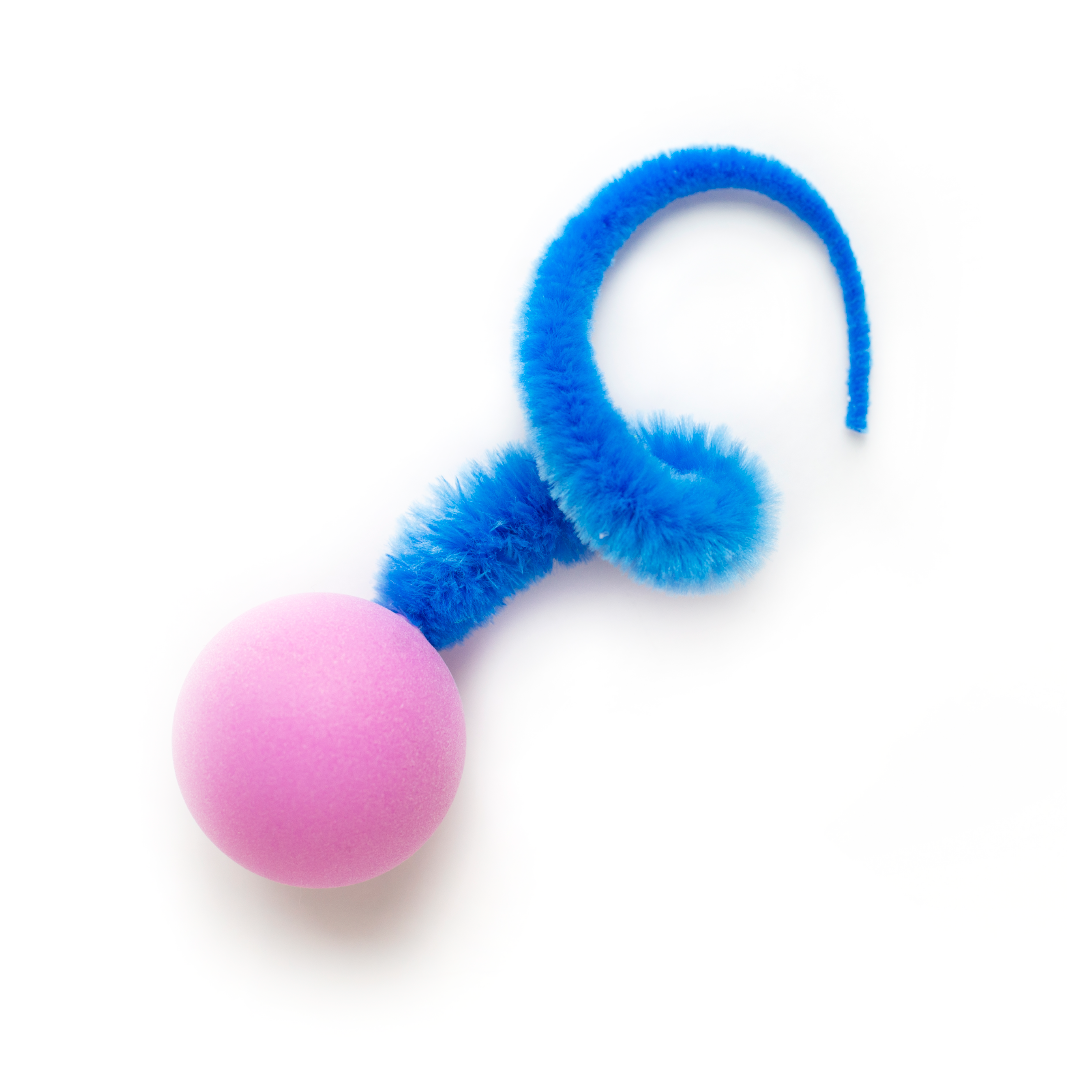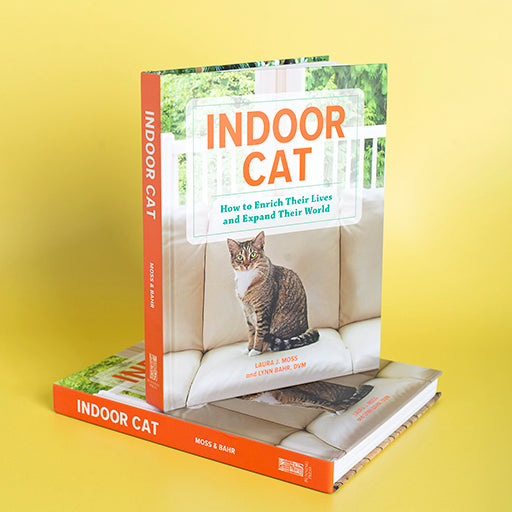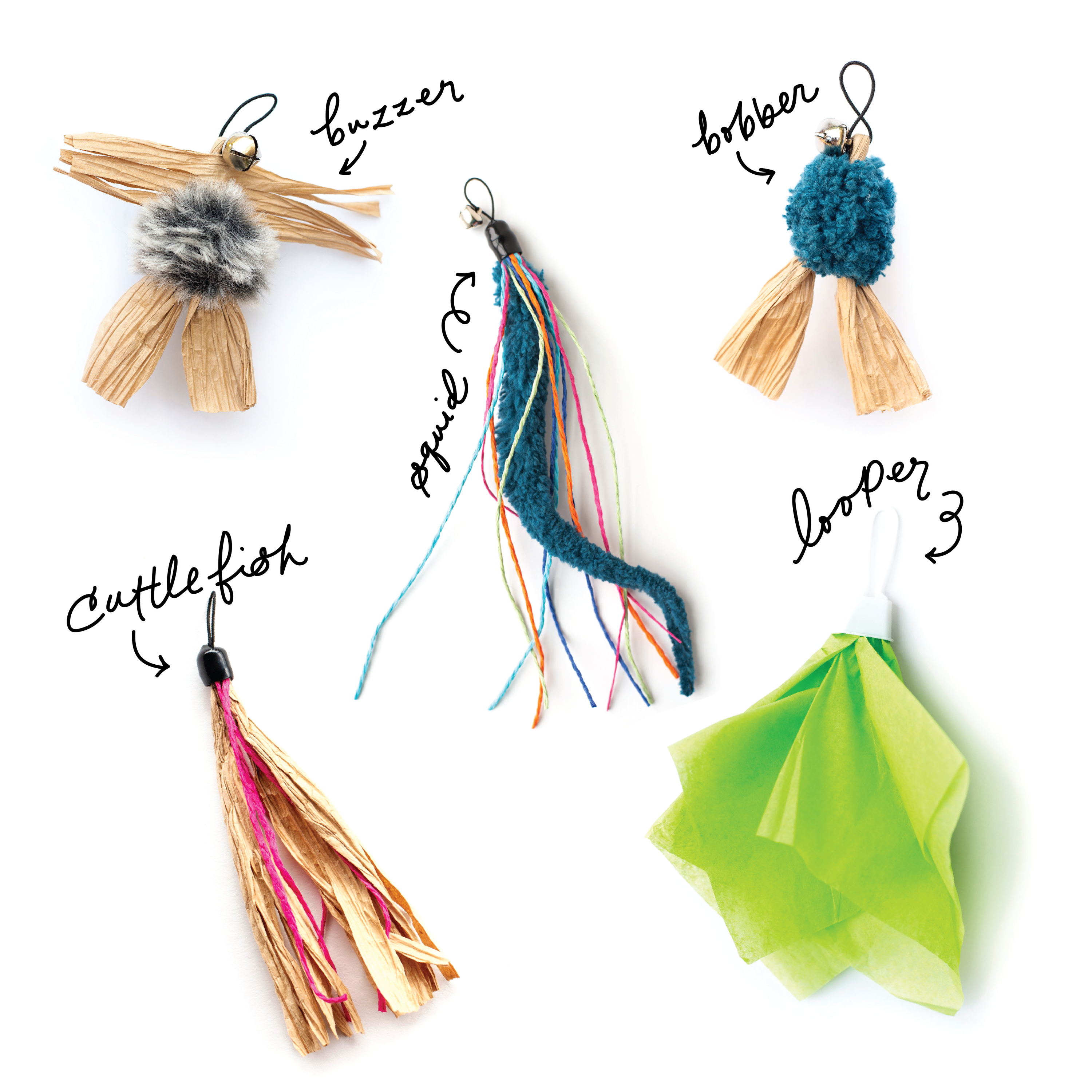How to Stop Your Cat from Scratching Door Frames

Oh, how I would love to tell you there is a simple one-step solution to stop your cat from digging their claws into the door frames of your beloved home. But you know as well as I do that cat behavior is more complicated than that.
While most cat owners aren’t thrilled to see little scratch marks emerging all around our home, the reality is when you let an animal into your domicile there are going to be some pesky (and sometimes destructive) habits that pop up.
But you can take a few steps to redirect unwanted scratching—on furniture, door frames, or anything else you don't want destroyed. The most important thing to remember is cats will not respond to physical punishment, but can learn through strategic behavior redirection.
Why Is Your Cat Scratching Your Door Frames?
Cats need to scratch. Plain and simple. They have a natural instinct to claw at things. Cats scratch for a myriad of reasons: to decompress, to clean dead skin from their nail beds, to mark their territory, and to communicate. It’s not due to behavioral issues.
So why are they scratching up your door frames, or in some cases carpets and couches? The short answer: because it feels pawsome, and these surfaces are in the purrfect location for cats to announce themselves or leave messages. If you want your cat to communicate in the right way, you need to understand why cats scratch a particular item. Insider insight: it all boils down to placement and texture.
Placement
When cats walk into a room or patrol their territory, they announce themselves several times by scratching on surfaces along the way. This also allows them to leave messages—think of scratching like texting for cats.

Scratching surfaces located at entrances/exits or in plain sight makes sense. That's why the corner of a couch or doorframe is so appealing. But it’s not just the location. In this case, height matters too.
Door frames, couches, and chairs are also sturdy and allow cats the ability to stretch and leave high visual marks. Cats stretch for physical relief (just like we do), but they’re also showing off muscle to possible invaders (kittens scratch low, adult cats scratch high).
Texture
Odds are, your cat is scratching your stuff because they don’t have enough scratch-worthy surfaces available to them. They need something that mimics the texture of the furniture and surfaces they like to scratch.
The purrfect scratching surfaces are cardboard, sisal, wood, cork, and sometimes paper or carpeting. Try offering a few different kinds of scratchers around your home and at varying heights and textures.
Outdoor cats use fence posts, tree stumps, railroad ties, fallen limbs, and the like. Indoor domestic cats need variety in texture and placement. This means the more suitable options, the better!

Bottom line, the most effective way to redirect Mr. Butternut Squash's behavior is to offer him something even better—more advantageous locations or textures. And remember, cats can get bored of scratching the same things over and over. Variety is the spice of life as they say.
If you’ve had the same scratching post for a while, try rewrapping the post with fresh rope and sprinkle on some silvervine to pique their interest. If you don’t already own a post, try making a DIY cat scratching post.
Don’t Resort to Physical Punishment
It can be so tempting to reach for that spray bottle when you see your cat ripping up your doors. While it seems harmless enough, punishment is not a good solution to the problem.
Relying on physical or verbal punishment to break your cat's unwanted habits will strain their relationship with you. When you reach for that spray bottle or shout at your cat while they’re scratching a door frame it confuses them. They don't know what they’ve done to receive this punishment, after all it is natural for them to scratch.
Cats are intelligent, they are able to recognize the hand holding the bottle as the source of their discomfort. This will create a dynamic of fear between you and your feline, without actually teaching them anything.
Another mistake made by some cat parents is the decision to declaw their cats to stop the scratching. There are many reasons not to declaw your cat, including increased pain, and lower quality of life. Declawing—or call it what it is, amputation—takes away your cat's ability to grip onto toys at play time, their ability to stabilize on perches, and much more. Your cat’s claws are their most important tool.

Take a No-Yes Approach to Redirecting Behaviors
Since cats won’t respond to physical punishments, the best way to change your furry companion's destructive habits is to use a no-yes approach to behavior redirection.
Take note of the areas they are scratching and place a scratching post, cat tree, or play rug in that same spot. Additionally, find a good protective measure for the area, such as training tape (aka double-sided tape).
These protectors result in the surface becoming unsatisfying or discomforting for the cat to scratch. Then place cat scratchers and mats in that area to give your cat an alternative scratching option. By executing this approach, your cat will understand, “No, don’t scratch the door frame. Yes, do scratch this post.”
If your cat scratches up your door frames, try providing a vertical sisal scratcher which can mimic that upright scratching behavior.
If your cat has tendencies to attack the carpet, try getting a play mat which they can rip up to their heart’s desire. If they lean towards ripping up your couch, find a more plush vertical scratcher, like one wrapped in carpet, to satisfy your cat's needs.

Figure Out What Works for Your Cat
Training a cat isn’t easy. There is no timeline or blanket solution to getting your cat to stop scratching up your home. It is in their nature to claw at things.
The no-yes approach is great for redirecting these destructive behaviors, however, what works for one cat may not work for every cat. For this reason, you may need to go through trial and error to discover what works for your pet.
The time and effort is worth it to make sure you’re providing your fur baby the most enriching environment possible to keep them happy and whole.
If you try out the no-yes approach, snap a picture of your cat tearing into their new playmat or scratching up their post and share it with @DeziandRoo on Instagram for a chance to be featured.
Share:
4 comments
-
This article is so helpful for cat parents! Understanding why cats scratch door frames makes it easier to guide their behavior. I love the idea of the “no-yes” approach — blocking off unwanted spots while providing better alternatives is such a kind and effective strategy. Thanks for sharing these thoughtful, practical tips!
madiha on
-
Reiterating my prior post! Still enjoying a home full of nice things, many kinds of cat furniture and scratching posts and pads — and the love of my sweet Elvis, who loves Cloud Nine Silvervine!
jmuhj on
-
I have 2 cats, 6 cat trees, and a dozen stand alone scratchers (sisal, cardboard and carpet) spread around my house. It won’t ever make Architectural Digest, but they don’t bother the furniture and we’re all happy!
Nana Carol on
-
Cats are FAMILY, and deserve our best in return for their unconditional loyalty and love. Scratching has never been a problem for us, probably due to there being many scratching surfaces, of many types, throughout our house wherever we’ve lived, and I also use catnip spray, catnip, catnip/silvervine blend, and the proven pleaser: Cloud Nine Silvervine. There are lots of toys throughout the house, too.
jmuhj on










